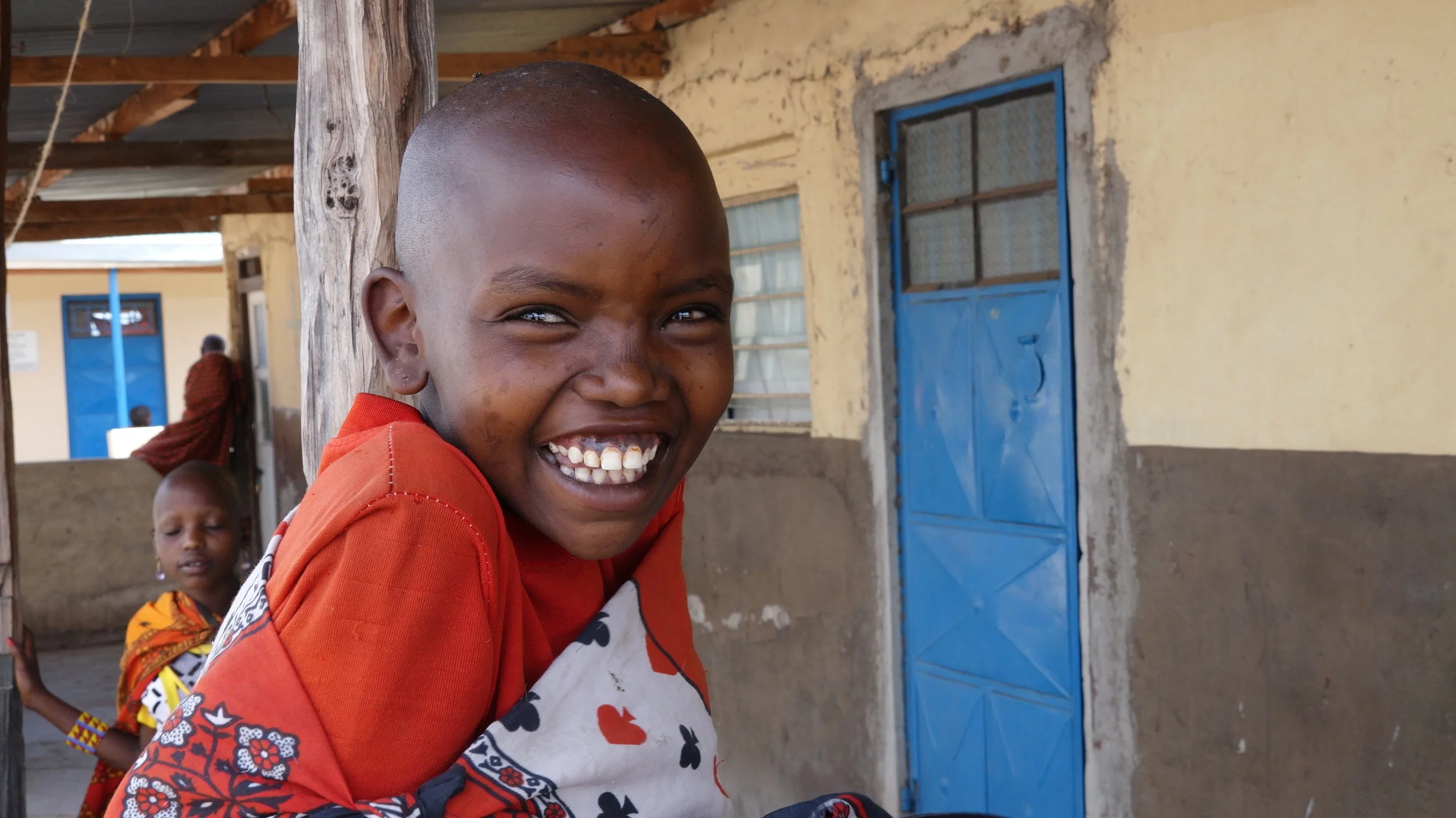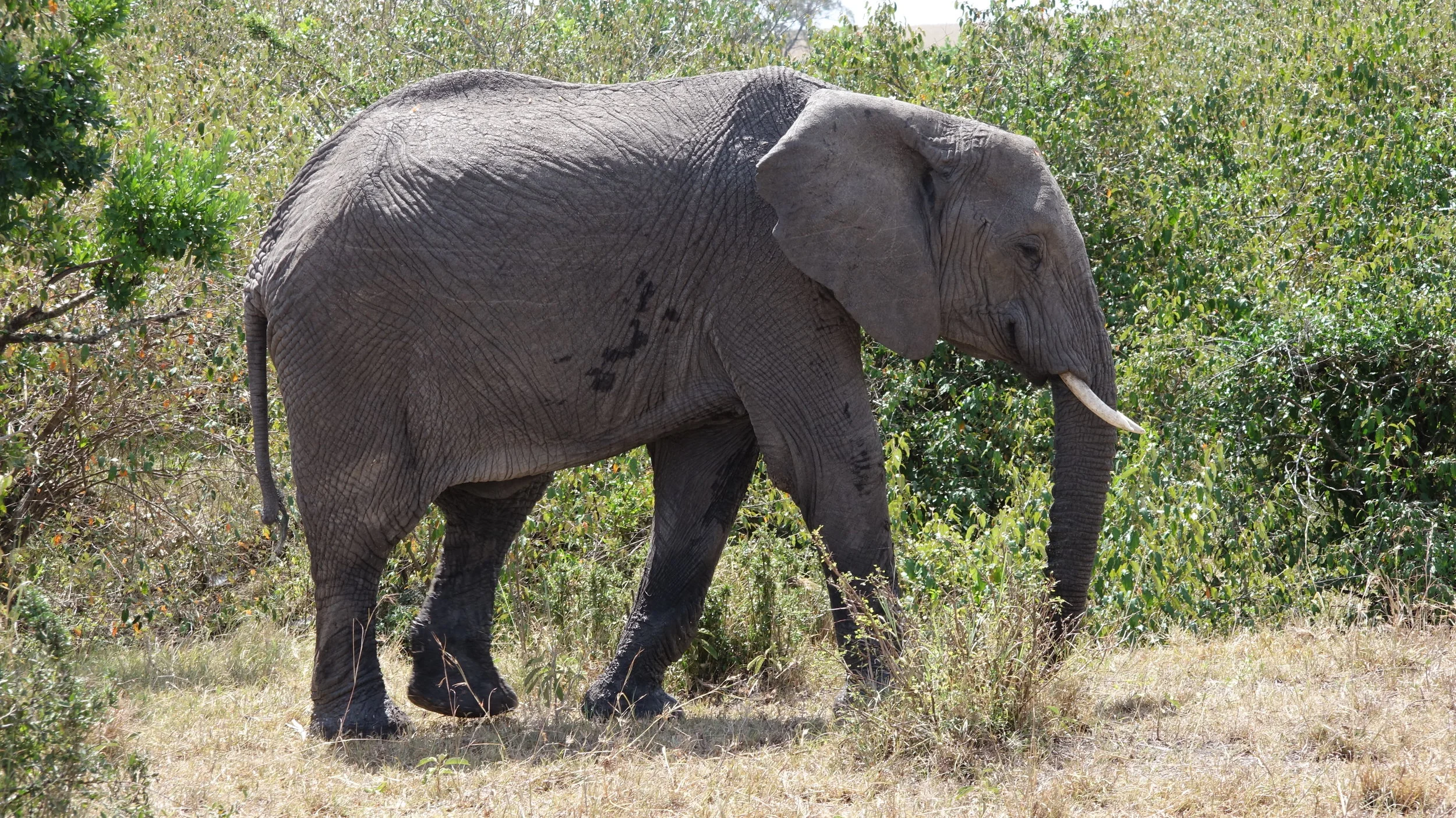Oloolaimutia
During the 2017-2018 winter break, we rang in the New Year by returning to Kenya. Over the course of 9 days, we laid the groundwork for both our mobile clinics and volunteer programs.
In Nairobi, we met with Peter Ndungu, a reliable driver/mechanic who recently joined our expanding team. In mid-2017, Peter filled an instrumental role in driving and importing our mobile clinic from Johannesburg, South Africa to Lunga Lunga, Kenya. We spent several days outfitting the vehicle and working alongside an electrician to ensure the amenities would be fully operable for medical and non-medical volunteers by our next return. Additionally, we met with Dr. Doreen Matumbi, a Kenyan dentist with several years of experience operating alongside international NGOs, to gain perspective into the oral health needs of communities across the country. Doreen shared invaluable insight into sterilization techniques, mobilization strategies, referral systems and much more.
Once we had completed several small projects on our mobile clinic, we headed through the Great Rift Valley towards southwest Kenya. Our destination, Oloolaimutia, is an impoverished Kenyan village near the borders of Tanzania and the Maasai Mara National Reserve. In Oloolaimutia, we met with local leaders, healthcare professionals and volunteers at the Sopa Clinic. Upon arrival, a line of patients wrapped around the walls of the clinic waiting to see a dentist—most for the first time.
Several families from isolated regions of southwest Kenya and northern Tanzania traveled hours across rough terrain seeking treatment for oral pain and discomfort. The first patient we served was a blind teenager named Daniel Oyle. At 18 years old, Daniel had never visited a dentist and needed multiple teeth extracted—due to an extreme shortage of dentists (only 20% of which operate out of rural areas), this is the case for most East Africans.
(Click here to read "The Case for Oral Health Care" and learn more about the burden of oral health on impoverished and rural communities.)
In a single day, we served 29 children and 41 adults, extracting a total of 67 teeth. Our youngest patient, Teteyia Ntayia, was 2 years old, but exceptionally brave. Our oldest patient, Mary Mako, claimed to be 200 years old (we checked her ID and found she was only off by about 120 years). Our most nervous patient tried to eat a cotton ball after having a tooth extracted, at least until Faith Surum, a volunteer project coordinator, jumped in to explain it wasn't food.
Dr. Tyson Meritei Tikani, a general physician who speaks English and Masai, translated for Dr. Joseph Zimmer so that patients could indicate where they feel pain. Particularly for adult teeth, which are firmer in the mouth, communication with patients is key, as adult teeth are generally more challenging and time-consuming to extract than the teeth of children. Over the course of the clinic, Tyson learned to extract teeth on his own and pulled nearly 20 teeth within two weeks of our departure. He continues to pull more than one tooth per day on average. In his own words:
"I was very happy to join ZOS in our community because we don't see dentists here. The work we did in Oloolaimutia is important since our people need these services and we don't have the tools or a skilled dentist available. I am now better trained to help people here. I feel happy seeing my fellow Kenyans living in good health."
Each patient received a toothbrush, toothpaste, mild pain relievers and instructions on proper oral hygiene. For patients with severe gum disease, we provided referrals and encouraged them to seek additional treatment near Nairobi. By the end of the evening, with a headlamp cracked, Tyson and other assistants held up their phone light to help Dr. Zimmer see into the mouths of patients.
The following day, we inspected the Vital Solutions Health Centre in Empopongi and left behind critical supplies requested by Dr. Samson Kaito, a local physician. During our time in Narok County, we conducted interviews with health care professionals to assess other non-dental needs in the area, such as malaria prevention, family planning, and water, sanitation and hygiene. As we implement future programs, we will continue to open dialogues with community leaders and liaisons who understand the gaps in care within their respective villages.
Outside of our clinics, we felt astounded by the natural beauty of Kenya. Only a short drive from Oloolaimutia, herds of giraffes, elephants, wildebeests, zebras, cheetahs and countless other extraordinary creatures roamed freely across the world-renowned Maasai Mara National Reserve. Through conversations with Maasai warriors, we developed a greater understanding of the rich culture, traditions and history in the area.
As we roll out our volunteer program, our priority is to implement effective clinics that serve the needs of East African communities. Our trip confirmed a lack of health care services in Kenya, and we will return to East Africa in March 2018. We invite volunteers and partners to join our cause and help make 2018 our most impactful year yet.



















